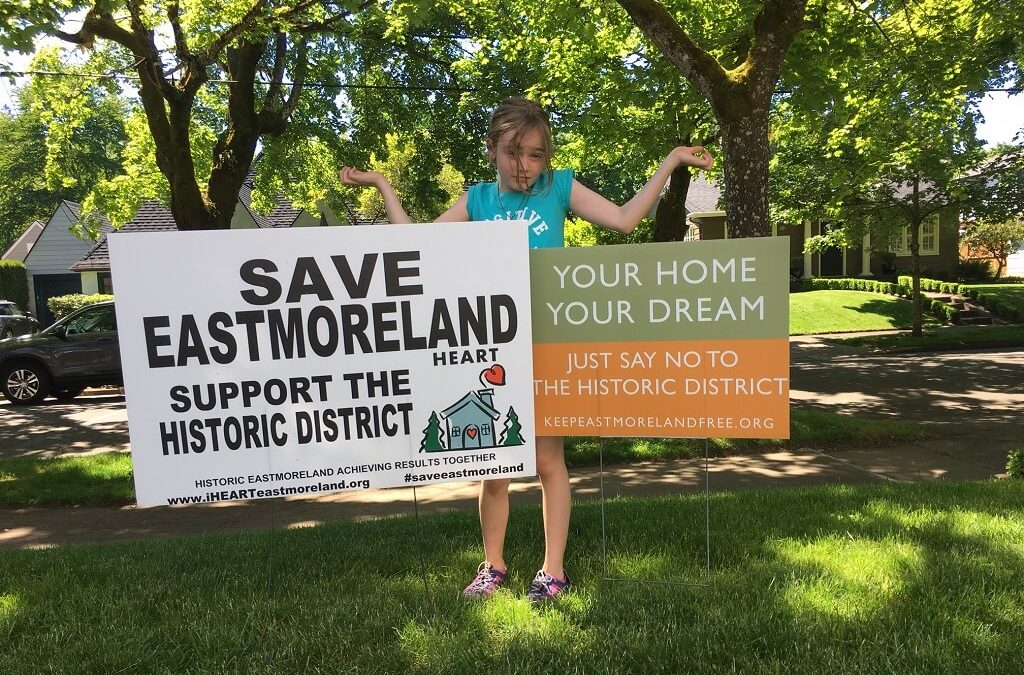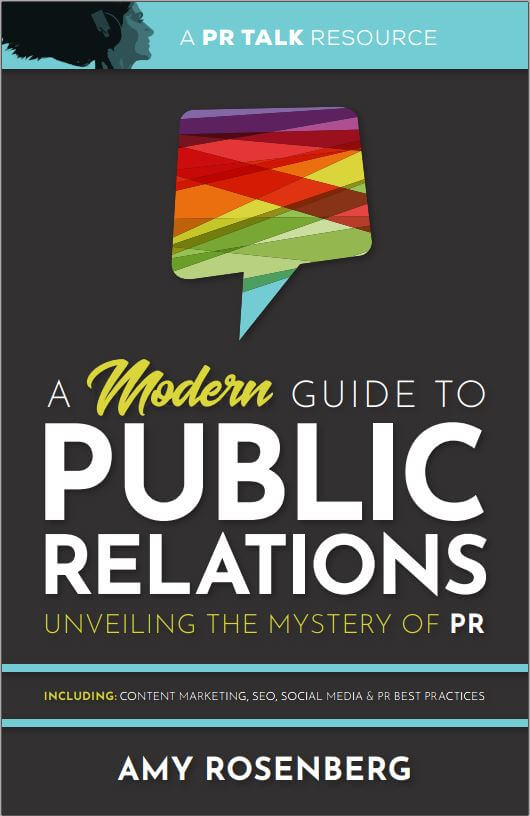Mary Kyle McCurdy on Different Historic Districts, RIP to Curb Demolitions and 1,000 Friends of Oregon
Eastmoreland neighbor and Deputy Director for nonprofit 1,000 Friends of Oregon, Mary Kyle McCurdy, came over to record a podcast interview for StreetTalk this week! Mary Kyle is against the creation of a historic district (HD) for various reasons. A big reason is that she believes this HD — which is through the federal (or national) level — is more stringent and doesn’t allow for a democratic process, “which is how we do things in America,” she says.
Mary Kyle points to another type of HD which she believes is a better option because it’s local and would involve discussions with the city and more collaboration with each other. When I mentioned that I’d heard opinions that we might want to leave the city out of our HD process, she firmly stated that we live in the city in a neighborhood that enjoys many perks that we can’t take all the credit for. For example, our schools, golf course and more have been helped along by city processes and outside groups.
When I brought up the demolition-happy developers (as I’m found of saying) she said the national HD is the wrong tool to curb demolitions. She agrees that demolitions are an issue but they’re a city-wide concern that isn’t just tied to the confines of our neighborhood. Other neighborhoods are being affected more than Eastmoreland, so if we enforce the HD only as means for curbing demolitions here, additional stress will be placed on more vulnerable areas, she states, wondering how fair that really is.
Mary Kyle offered knowledge about Residential Infill Project (RIP) in relation to this hot topic. According to her, demolitions could slow if it passes because it confines the scale of new construction. In other words, new homes built to replace tear-downs would be smaller. Mary Kyle believes this could be a drawback to some developers, making the entire project (and resulting demolition) not worth their while — smaller homes may not demand high asking prices and those building specific models may be unable to fit within the proposed scale requirements.
The way in which Mary Kyle described how RIP could bring new housing units to a city that must meet the demands of newcomers flocking to our area sounded great to me! With Oregon continuously being a top “in-migration” state, one has to wonder where we are going to put these people, especially when we have HD’s popping up all over town as an innocent means of preserving historic integrity? In turn, could we be leaving little room for density?
I mused aloud that RIP’s highlights could enable higher-density while also preserving history through an HD because Accessory Dwelling Units (ADUs) can be part of any HD we choose to put forth. Mary Kyle warned that RIP has not yet passed as many local HD supporters have strongly opposed it. So again, we are in a dark place in terms of knowledge about what the future will bring, regardless of if an HD moves forward or not.
This is Episode 4 of The Eastmoreland Project, the first series of StreetTalk, a podcast about Portland’s ever-changing communal landscape.









